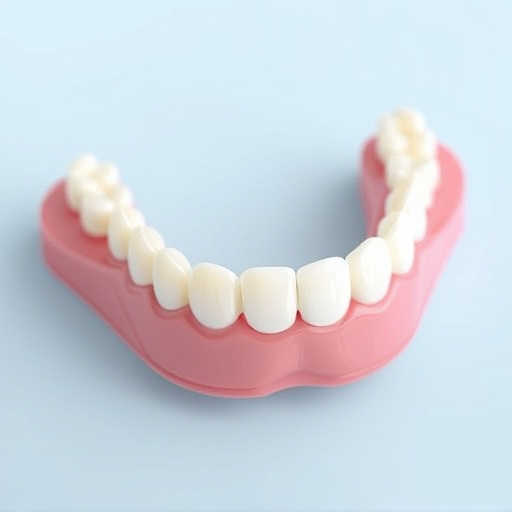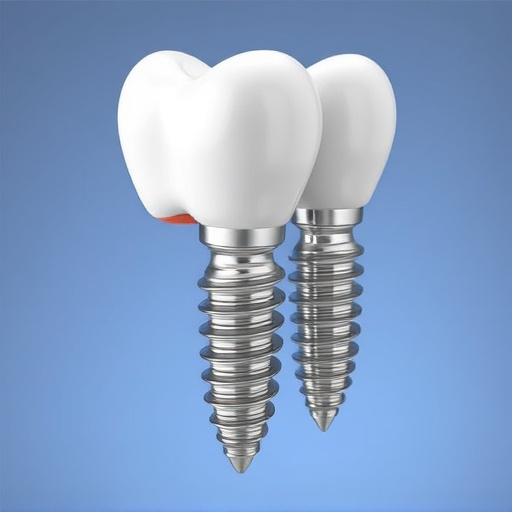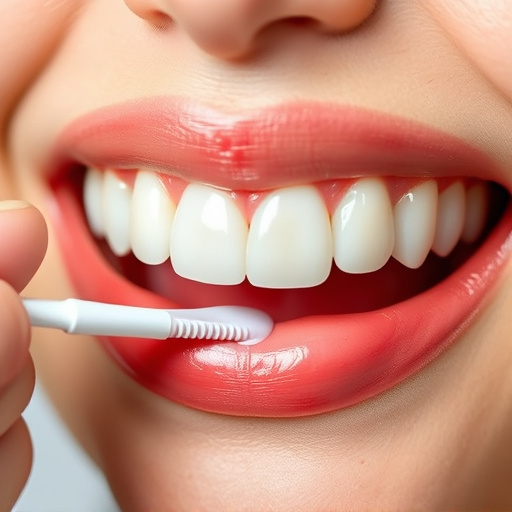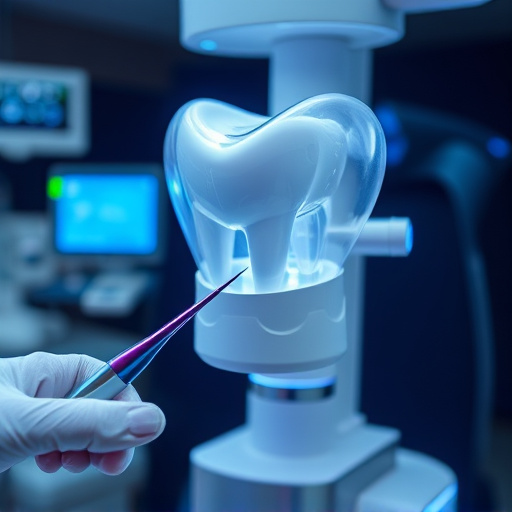Sleep apnea treatment, including CPAP therapy and dental interventions, is vital for stroke prevention. This disorder disrupts breathing during sleep, causing vascular damage, atherosclerosis, and increased clotting risks. Effective management reduces stroke likelihood by addressing underlying causes and improving overall oral health.
Sleep apnea, a common yet often undiagnosed condition, poses significant risks, including stroke. This disruptive sleep disorder interrupts breathing repeatedly throughout the night, leading to high blood pressure and increased inflammation. Understanding the mechanisms behind these effects is crucial. This article explores how effective sleep apnea treatment can significantly lower stroke risk by addressing these underlying issues, offering vital insights for at-risk individuals. Discover proven strategies to mitigate your risks through targeted interventions.
- Understanding Sleep Apnea and Stroke Risk
- Mechanisms: How Sleep Apnea Impacts Blood Vessels
- Effective Treatments: Lowering Stroke Odds
Understanding Sleep Apnea and Stroke Risk

Sleep apnea is a sleep disorder characterized by pauses in breathing during sleep, leading to reduced oxygen levels and increased pressure on the cardiovascular system. This condition goes beyond discomfort; it significantly raises the risk of various health complications, including stroke. A stroke occurs when blood flow to the brain is disrupted, potentially causing damage to brain cells. The connection between sleep apnea and stroke lies in the impact both conditions have on the body’s circulatory system.
Untreated sleep apnea can contribute to high blood pressure (hypertension), irregular heart rhythms (arrhythmias), and increased inflammation, all of which are well-known risk factors for stroke. Sleep apnea treatment, therefore, becomes a crucial strategy in stroke prevention. Through various methods, such as continuous positive airway pressure (CPAP) therapy, dental appliances, or even surgical interventions like tooth extractions and placement of dental crowns, sleep apnea can be managed effectively. Preventive dentistry also plays a vital role, focusing on oral health to support overall well-being and reduce the likelihood of stroke.
Mechanisms: How Sleep Apnea Impacts Blood Vessels
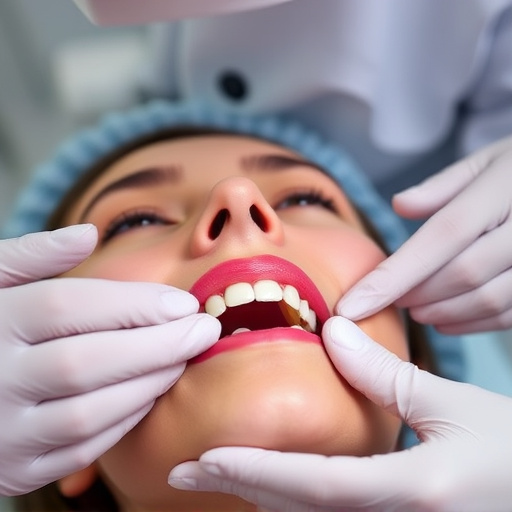
Sleep apnea treatment plays a pivotal role in mitigating the risk of stroke by addressing the underlying mechanisms that put individuals at peril. The condition disrupts sleep cycles, leading to periods of reduced or stopped breathing, which can have severe consequences for the body’s vascular system. During these apneic episodes, the brain and other vital organs may experience temporary deprivation of oxygen, triggering a cascade of events. This includes increased blood pressure and inflammation, both of which contribute to damage in blood vessels.
Over time, this repeated stress on the cardiovascular system can lead to structural changes in blood vessels, such as hardening and narrowing of arteries (atherosclerosis). These alterations disrupt blood flow, increasing the likelihood of thrombosis (blood clot formation) or embolism (a clot blocking a blood vessel). General dentistry practices often emphasize preventive care, including addressing sleep apnea through treatments like oral appliances, continuous positive airway pressure (CPAP) machines, or, in severe cases, surgical interventions that may involve tooth extractions to improve airflow.
Effective Treatments: Lowering Stroke Odds

Effective treatments for sleep apnea play a pivotal role in lowering stroke odds. The condition, marked by pauses in breathing during sleep, increases the risk of cardiovascular events, including strokes. Thankfully, various treatment options are available that can significantly mitigate these risks. Positive Airway Pressure (PAP) machines are one of the most common and effective solutions, forcing air into the lungs to maintain open airways. For some, oral appliances—similar to athletic mouthguards—can be used to keep the airway open during sleep.
In cases where structural issues like enlarged tonsils or wisdom tooth removal contribute to sleep apnea, restorative dentistry procedures can help. Tooth repair techniques, such as filling or crown placement, address any gaps or misalignments that could be hindering airflow. By targeting these underlying causes, comprehensive sleep apnea treatment not only improves sleep quality but also serves as a proactive measure against potential stroke complications.
Sleep apnea treatment isn’t just about improving sleep quality; it’s a powerful tool in reducing the risk of stroke. By addressing the underlying mechanisms that contribute to blood vessel damage, effective treatments can significantly lower stroke odds. Incorporating these solutions into your routine can lead to better health outcomes and enhanced well-being. Remember, understanding and managing sleep apnea is key to navigating a healthier future.



